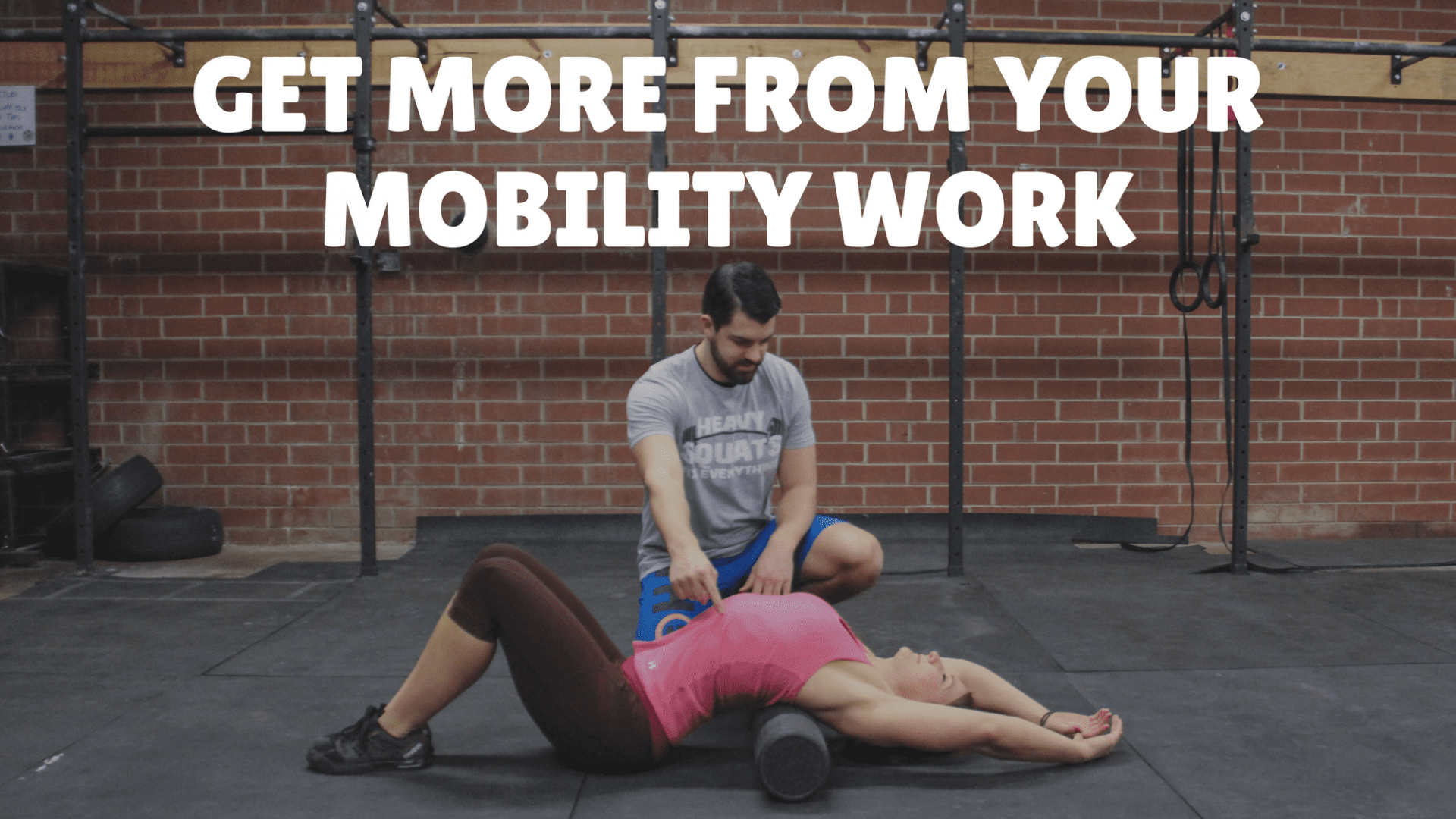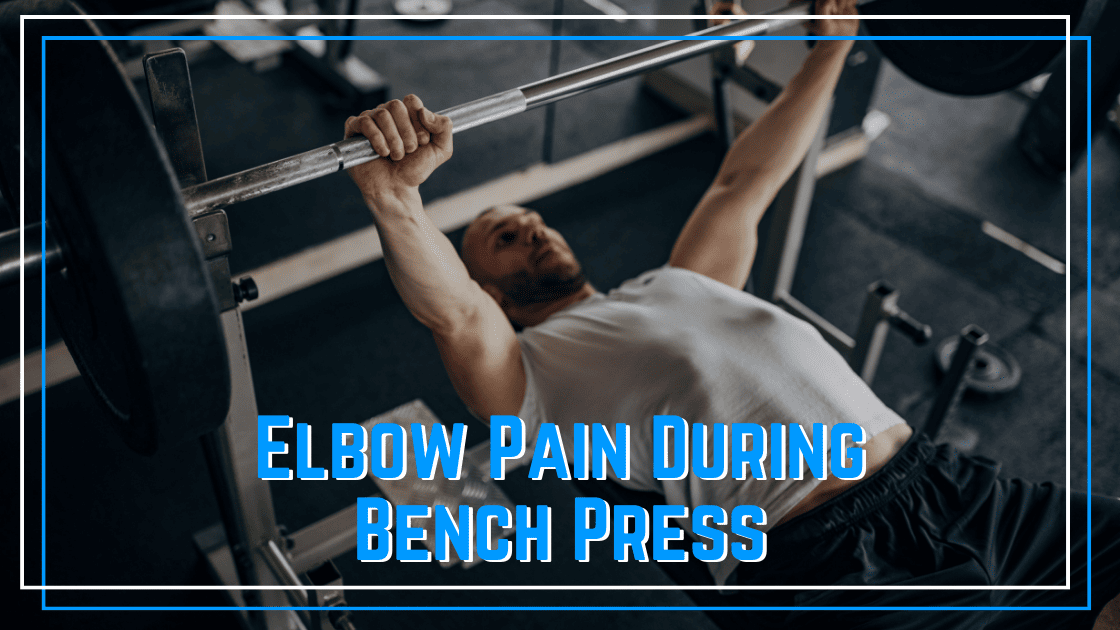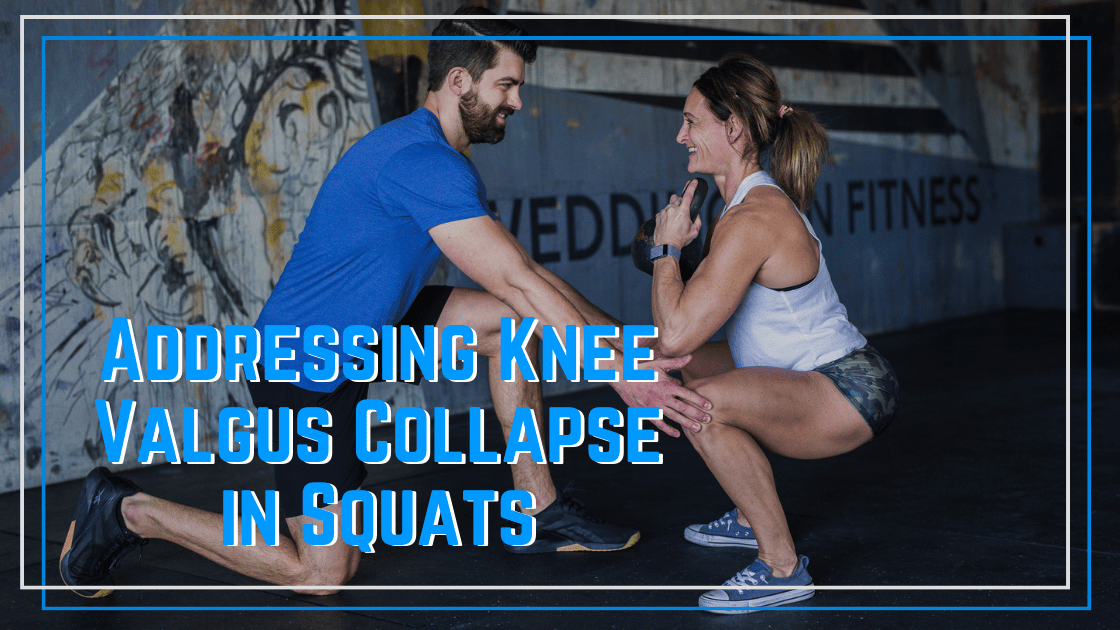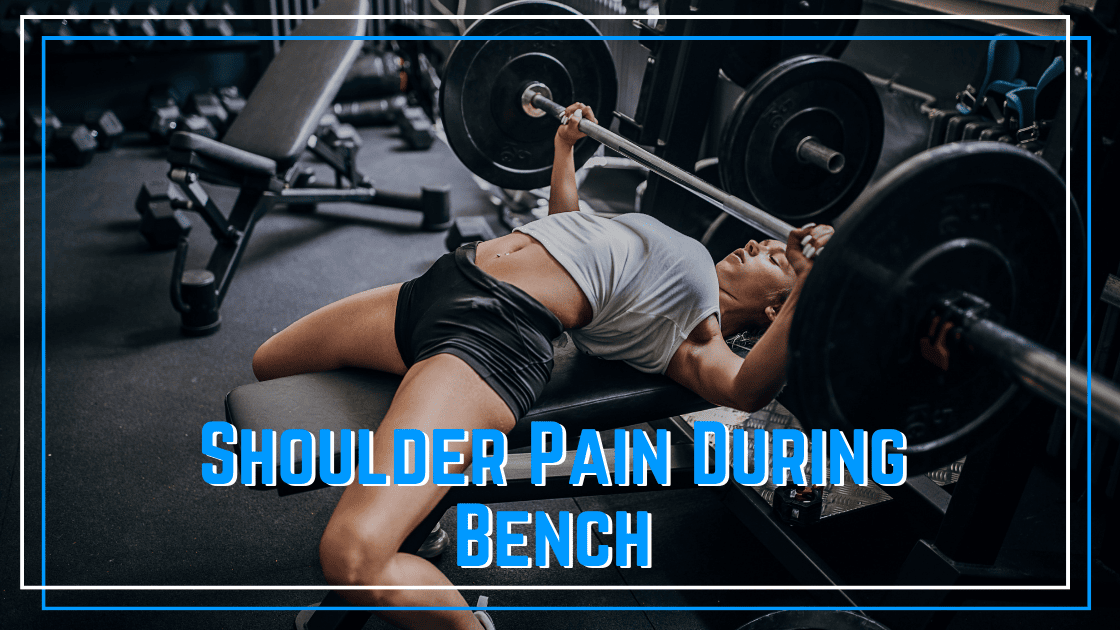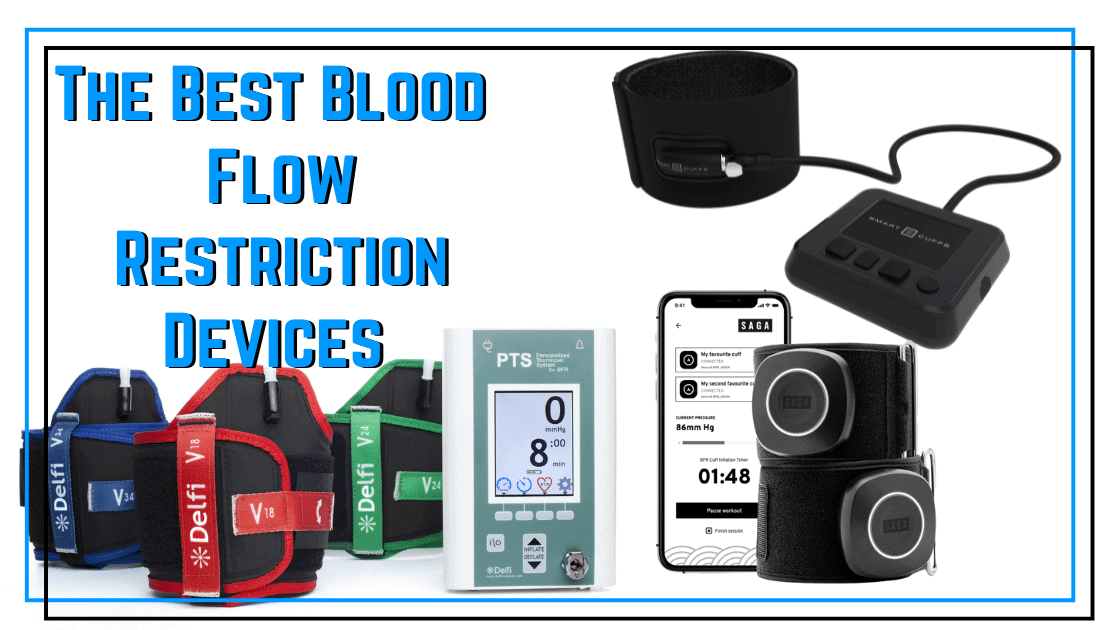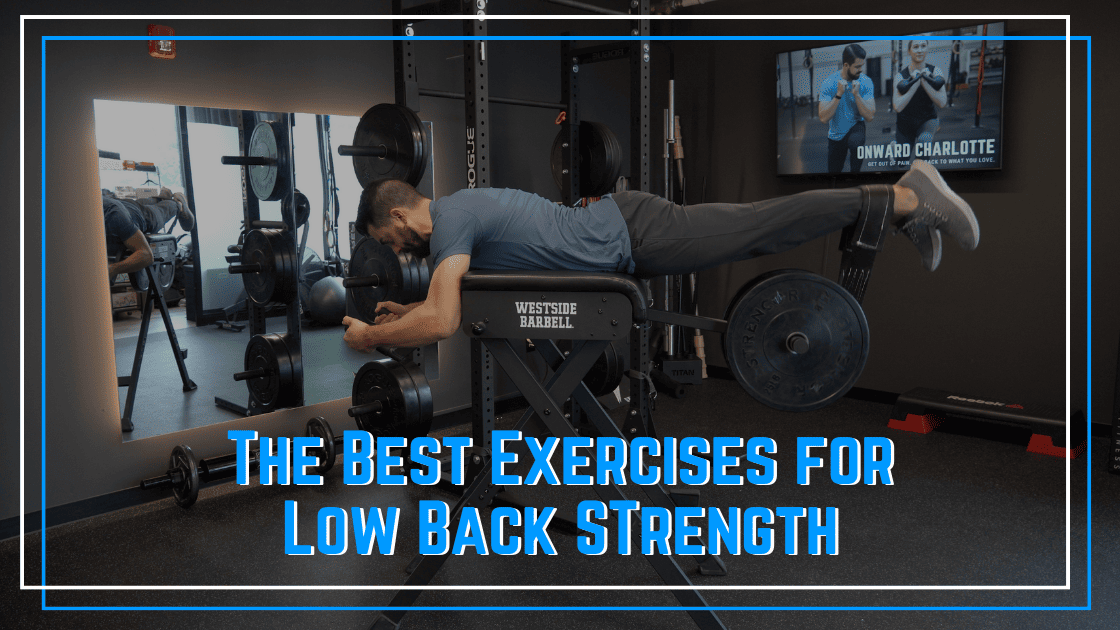In sports and fitness, the ability to get your body into proper positions is incredibly important to properly executing movements with efficiency to maximize performance. Fortunately, most athletes and coaches understand this principle and are programming mobility work with the hopes of improving their performance.
BUT more often than not, the mobility work they are using isn’t good enough to create permanent changes in movement and performance. Instead, they get stuck in a never-ending cycle of foam rolling and mashing muscles with lacrosse balls.
While there is nothing wrong with those tools, we want LONG TERM, PERMANENT CHANGES IN MOBILITY THAT CHANGE AN ATHLETE’S SPORTS PERFORMANCE!
Here’s how I program mobility work with the goal of permanent changes…
Step One: Assess Your Mobility Needs
I’m constantly surprised at how often athletes are working on the wrong areas when they try to improve their mobility. A mobility program should always start with a systematic assessment to determine the specific areas that need to be addressed. For that, I’d recommend accessing my free Ultimate Mobility Checklist!
Step Two: Passive Techniques
A few years ago, we all thought foam rolling was the end-all-be-all for improving mobility and preventing injuries.
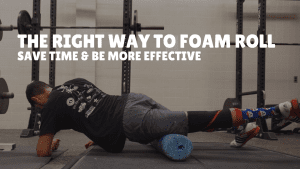
Note: See my favorite soft tissue mobilization tools HERE.
Before that, we thought static stretching was the best way to improve mobility. Still, we now also know that much of the changes we see with static stretching are neurological and temporary as well (this is a complicated story based on research on stretching, and the rabbit hole we could go down is outside of the scope of this article).
BUT these changes will be short-lived. So if we want permanent changes, we must incorporate some higher-level mobility movements to help maintain these temporary changes long-term.
Step Three: Active Mobility Moves
After any passive techniques, I employ active mobility moves where we have the athlete moving a joint and muscle actively to end range.
Here are some examples of movements I’d use to improve overhead positioning.
Downward dog is a great move to get an athlete moving to end range shoulder flexion and thoracic extension. I always cue to open both areas as much as possible at the end range.
Another example of active mobility techniques would end range lift offs where we have an athlete position a muscle or joint near end range and focus on a strong isometric contraction. This essentially is teaching the nervous system to be comfortable firing in the newly acquired range of motion you temporarily gained during passive techniques in step one.
We can use an exercise such as prone lift offs to accomplish this goal.
Step Four: Load
Step three is where I believe we create true tissue level and permanent changes in our mobility, movement, and performance. And that is adding LOAD to the body.
My favorite way to accomplish this (although there are others) is to perform ECCENTRIC ISOMETRICS.
Eccentric isometrics involve a slow eccentric portion of a lift (the lowering), usually between 5 and 7 seconds. We then pause at the end range for 3-5 seconds (an isometric muscle contraction). Followed by a fast concentric motion.
Why this combo?
Eccentrics have been repeatedly shown in research studies to create tissue-level changes in flexibility. That means we are changing the structure of a muscle to be able to move through more range of motion (instead of the temporary neurological changes we see from techniques in Step One).
I then like the isometric contraction at the bottom of a movement to have the athlete fully control the most difficult position. If they control that motion, they’ll own it for the long haul.
How I’d program these three steps with the goal of improving an athlete’s mobility specific to the squat.
I might start with a passive stretch, such as the popular pigeon stretch for a minute.
From there, we need to actively work through hip range of motion. A squat with active hip external rotation would be a great step two. Note how my feet stay planted on the ground as I alternate driving the knee out on each side.
Finally, we load the area with front squat eccentric isometrics to create our long-term changes in mobility and performance.
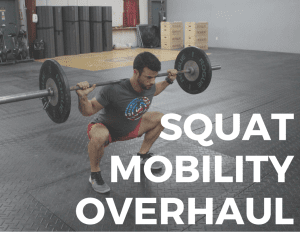
There are two ways to get access to the programs:
- Become a member of Performance Plus, and you’ll have access to the mobility programs we offer as well as our educational video library and skill-specific program library that is continually growing.
- Purchase any of our available mobility programs and get ready to see not only your mobility improve, but your performance as well!

